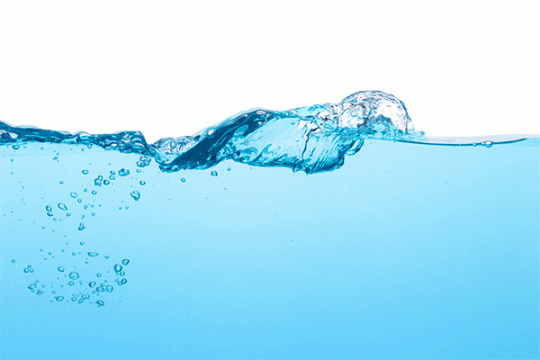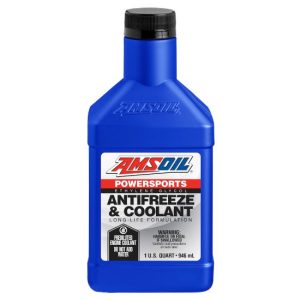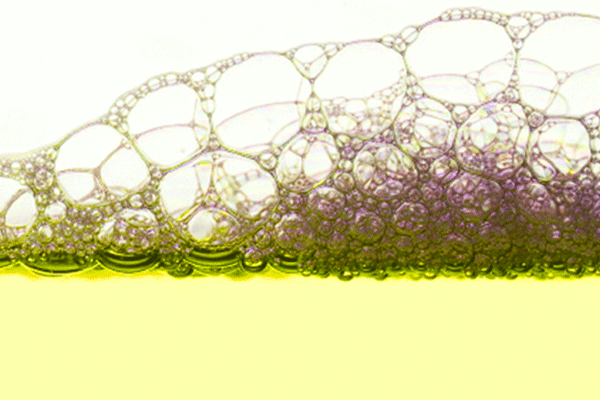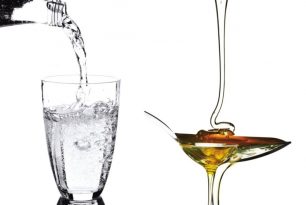What Are The Limitations of Coolant Additives?
Your favorite car and racing forums are full of talk about coolant additives. Store shelves too contain alternate choices to modify your coolant formulation to promise reduced engine heat, control overheating and fight corrosion. So there are several considerations to what you really should expect in a coolant boost additive.
So do these coolant additives really work? And, if so, are they necessary?
It’s tough to top straight ‘ol H2O
First off, why use a coolant additive in the first place?
Straight water is the best coolant one could use. It absorbs and conducts heat better than any other liquid. So, why not just just use water as the only coolant solution and call it done? Actually many us us have tried and learned the hard way!
The answer is obvious for those of us who drive in snow six months a year and those of you who face triple-digit temperatures all summer.
Water freezes at 32°F (0°C) and boils at 212°F (100°C). And boiling water creates immense pressure!
So clearly, coolant formulators must add something to antifreeze & coolant to expand its application to areas where the weather isn’t perfect 365 days per year. Otherwise your engine would freeze in winter and your cooling system would overheat in summer.
Corrosion control
Water ability to cause corrosion and rust is a serious issue.
Running straight water in your vehicle’s cooling system would eventually lead to scale buildup that would plug the heater core and ruin the system. It also reduces the surfaces ability to bleed off heat and caused dangerous hot spots.
It can also hasten corrosion in aluminum components, like radiators and cylinder heads, at an alarming rate. Corrosion can eat through an aluminum radiator until coolant leaks on the ground.
At the very least, drivers in the perfect climate still need to add corrosion inhibitors to straight water to properly cool an engine.
In fact, many racers do this with good results; racetracks typically don’t allow antifreeze & coolant since leaks are difficult to clean up and make the track slippery.
A good antifreeze & coolant solves these problems and lasts longer
A high-quality antifreeze & coolant contains the chemistry needed to deliver protection against freezing, boil-over and corrosion.
A word of caution, however: Avoid the conventional “green” coolants readily found at parts stores and other retailers.
They contain inorganic salts (phosphate, nitrate, nitrite, silicate, borate, amine), which are responsible for almost all cooling-system scaling problems.
Plus, they deplete quickly, often in two years or less, and can lead to sludge or slime in your radiator, which clog passages and create all sorts of problems.
AMSOIL antifreeze/coolants, on the other hand, deliver durable, long-lasting cooling-system protection.
So, why use coolant additives?
If a good antifreeze & coolant works so well, why bother with coolant boost products that promise reduced engine temperatures and added corrosion resistance?
Because racers, competitors and enthusiasts want every advantage they can get to enhance engine performance. And a good coolant additive can provide that edge.
You see, antifreezes and coolants are made to work within a general threshold. If the manufacturer of that coolant were to modify it that would significantly alter the price so an additive is the best way to go. Plus these additives (the good ones) are not designed to last as long as the host coolant thus they need to be re-treated each season.
Reduced engine temperatures
An engine has a temperature “sweet spot” in which it produces maximum power and efficiency. Excessive heat reduces efficiency. It can cause metal parts to expand too much and contact each other, causing wear.
Competitors have a big incentive to tame extreme engine temperatures to protect their expensive engines and maximize their chances to win.
A good coolant additive can help by reducing the surface tension of water and allowing it to more efficiently absorb and transfer heat from the engine.
What are surfactants?
Coolant additives use chemicals called surfactants.
When water is agitated or heated, surface tension holds bubbles together before they burst. Since bubbles are filled with air, they reduce the water’s heat-transfer ability.
Imagine thousands of bubbles in the coolant passages of your engine as it runs. Eliminating these bubbles will allow the water to more closely contact metal, increasing its ability to absorb heat and move it along. From that you get reduced temperatures and increased efficiency.
Surfactants reduce the water and antifreeze’s surface tension so it can more effectively absorb and transfer heat from the engine.
Many leading coolant additives including the one you hear about so often, however, contain only one surfactant, limiting their temperature ranges and effectiveness.
AMSOIL DOMINATOR Coolant Boost uses three surfactants, each designed to operate in a different temperature range to increase liquid-to-metal contact from the time the vehicle starts to the time it reaches operating temperature.
As a result, it reduces engine temperatures up to 25°F (14ºC) in straight-water applications.
This helps racers and competitors achieve maximum efficiency and horsepower.
Faster engine warm up in cold temps
More efficiently transferring engine heat also helps DOMINATOR Coolant Boost warm the engine up to 54% faster.
My old 1982 AMC Eagle would take about 20 minutes in sub zero temps to see the temp gauge move. After adding the Dominator Coolant Boost it reduced the warm up time to less than 12 minutes.
Racers appreciate this since they waste less fuel warming their engines.
Motorists in cold climates will want the Dominator Coolant Boost in your coolant system because it boosts driver comfort on cold mornings.
Improved corrosion resistance
DOMINATOR Coolant Boost also delivers outstanding corrosion protection. In industry standard testing, it limited corrosion to the six metals most commonly found in cooling systems (copper, solder, brass, steel, cast iron and cast aluminum), easily passing both tests.
In iron blocks the best combination is using the Coolant Boost with our Heavy Duty Antifreeze. This is the only HOAT type made to protect iron blocks beyond standards set by top diesel engine manufacturers. Classic cars will really win with this combination!










